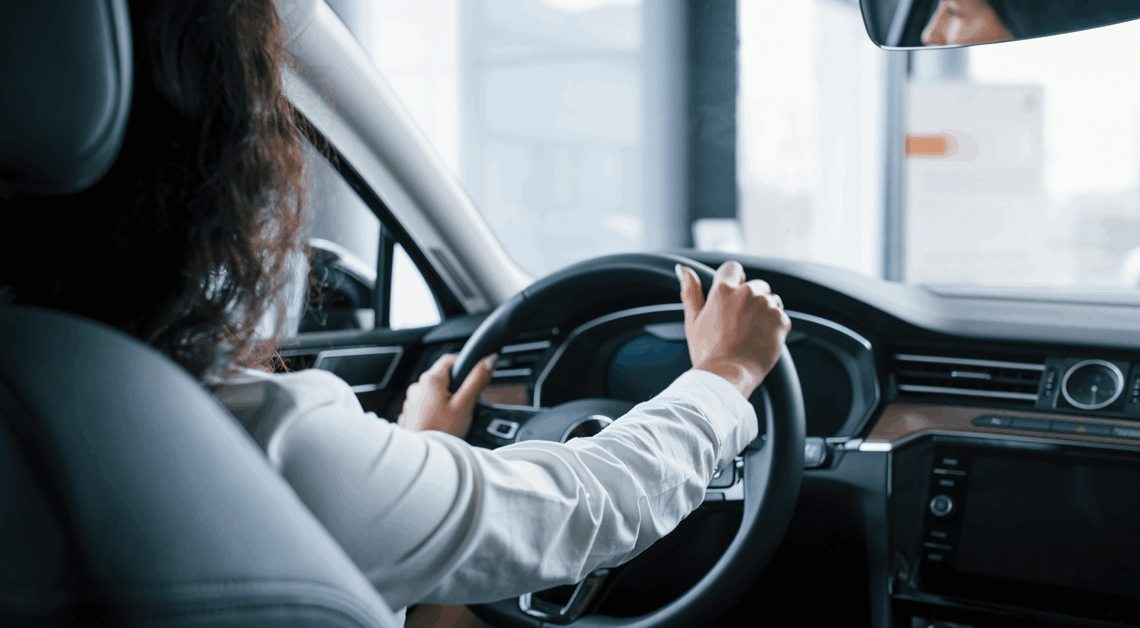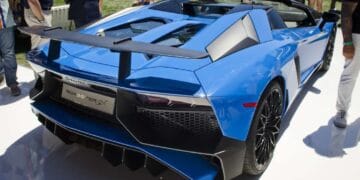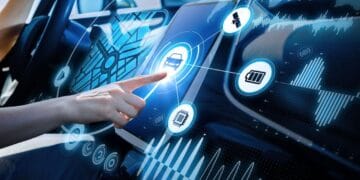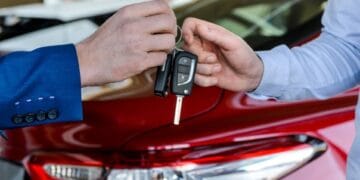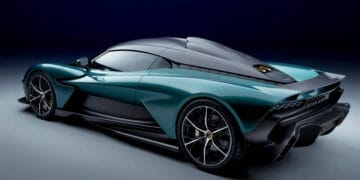A New Era of Interaction
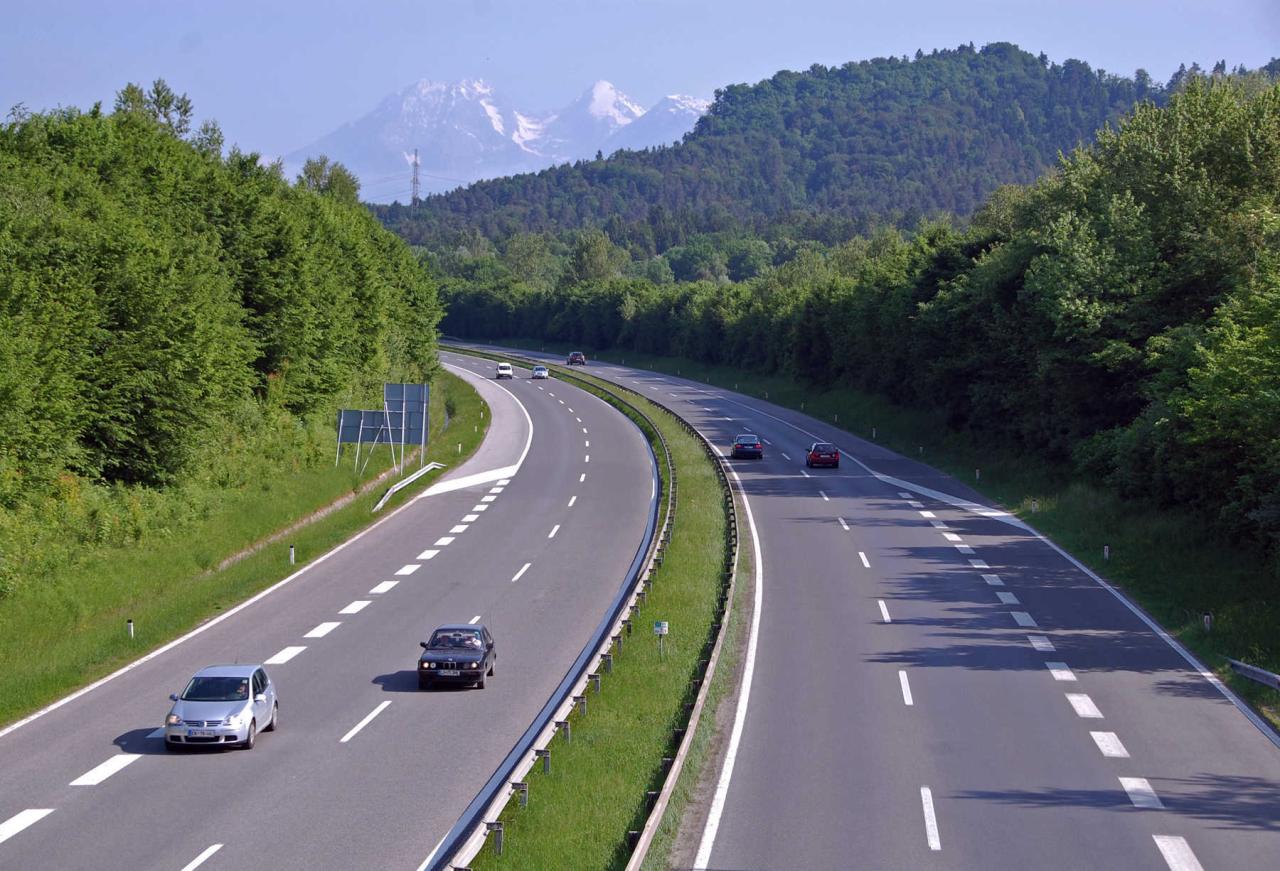
For over a century, the driving experience was singularly defined by the human connection to the machine: the feel of the road through the steering wheel, the roar of the engine, the tactile feedback of the pedals and gear shift. While these visceral elements remain cherished by enthusiasts, the advent of 2025 marks a pivotal point where the driving experience is becoming increasingly diverse, offering a spectrum of engagement from pure, analog driving to fully autonomous relaxation. This evolution is about expanding possibilities, catering to varied desires, and ultimately, making mobility more accessible, safer, and more personalized than ever before.
The excitement surrounding this driving experience evolution stems from its promise of unparalleled convenience and enhanced quality of life. Imagine a vehicle that seamlessly adapts to your mood and needs, whether you crave spirited control on winding roads or a serene, productive sanctuary during congested commutes. Picture a car that can anticipate your preferences, integrate effortlessly with your digital ecosystem, and even contribute to your well-being. This convergence of technological capability and human-centric design ensures that the future of driving is not just about getting from point A to point B, but about transforming the journey itself into a richer, more fulfilling experience.
Foundational Drivers of Driving Experience Evolution
Several powerful forces are fundamentally reshaping how we drive and interact with our vehicles in 2025:
A. Electrification of Powertrains:
A. Instant Torque: Electric vehicles (EVs) deliver immediate, seamless torque from a standstill, providing exhilarating acceleration without the lag or noise of an internal combustion engine (ICE). This fundamentally alters the feeling of propulsion.
B. Silent Operation: The near-silent operation of EVs (especially at lower speeds) creates a more serene and refined cabin environment, reducing driver fatigue and urban noise pollution.
C. Smoothness and Refinement: The absence of gear shifts and engine vibrations contributes to an exceptionally smooth and comfortable ride.
D. One-Pedal Driving: Many EVs offer one-pedal driving, where regenerative braking is strong enough to slow the car down significantly simply by lifting off the accelerator, altering the traditional braking experience and often enhancing efficiency.
B. Advancements in Autonomous Driving (AD):
A. Reduced Driver Burden: Even at Level 2/2+ (partial automation) with features like Adaptive Cruise Control and Lane-Keeping Assist, ADAS significantly reduces driver fatigue on long highway stretches and in stop-and-go traffic, transforming tedious commutes.
B. Enhanced Safety: Autonomous features actively monitor the environment, reacting faster than humans to prevent accidents, leading to a safer driving experience and greater peace of mind.
C. Reclaimed Time: As higher levels of autonomy (Level 3, Level 4) become more prevalent in defined operational design domains (ODDs), drivers gain the freedom to engage in non-driving activities, turning commute time into productive or leisure time.
C. Pervasive Connectivity and Digital Integration:
A. Seamless Infotainment: Large, high-resolution screens and intuitive user interfaces (UIs) provide seamless access to navigation, music, communication, and a vast ecosystem of in-car apps, making the cabin an extension of one’s digital life.
B. Over-the-Air (OTA) Updates: The ability to update vehicle software remotely means features can be added, performance can be improved, and security can be enhanced over the car’s lifetime, keeping the driving experience fresh and cutting-edge.
C. Vehicle-to-Everything (V2X) Communication: V2X (Vehicle-to-Vehicle, Vehicle-to-Infrastructure) enhances situational awareness, providing real-time information about traffic, hazards, and road conditions far beyond the driver’s line of sight, leading to safer and more efficient journeys.
D. Personalization and Customization:
A. Driver Profiles: Vehicles recognize individual drivers and automatically adjust seating, mirror positions, climate control, infotainment settings, and even driving modes (e.g., Eco, Sport, Comfort).
B. Tailored Ambient Experiences: Customizable ambient lighting, soundscapes, and even scent diffusers allow drivers to create an environment that suits their mood and preferences.
C. AI Assistants: Advanced voice-activated AI assistants learn driver habits and preferences, offering proactive suggestions and streamlining interactions.
E. Focus on Wellness and Comfort:
A. Advanced Climate Control: Multi-zone climate control, air purification systems (HEPA filters), and even aromatherapy enhance cabin comfort and air quality.
B. Ergonomic Seating: Continuously improving seat design with massage functions, ventilation, and extensive adjustability to reduce fatigue on long journeys.
C. Noise Cancellation: Active noise cancellation technologies reduce unwanted road and wind noise, creating a more tranquil cabin environment.
Redefining Driver-Vehicle Interaction
The evolution of the driving experience is fundamentally altering how humans interact with their vehicles:
A. Shift from Buttons to Screens and Haptics:
A. Digital Cockpits: Traditional physical buttons and gauges are increasingly replaced by large, reconfigurable digital instrument clusters and central touchscreens, presenting vast amounts of information in customizable layouts.
B. Haptic Feedback: Touchscreens and control surfaces often incorporate haptic feedback, providing a tactile response that mimics physical buttons, enhancing usability and reducing the need to look away from the road.
C. Gesture Control: Some systems allow for control of infotainment functions through hand gestures, offering an alternative to touch or voice.
B. Voice Control and Natural Language Processing (NLP):
A. Conversational AI: Voice assistants are becoming more sophisticated, understanding natural language commands and even contextual queries, making interactions feel more intuitive and less like strict commands.
B. Integrated Functions: Controlling navigation, climate, media, phone calls, and even smart home devices directly through voice.
C. Augmented Reality (AR) in Driving:
A. AR Head-Up Displays (HUDs): Overlays navigation directions, speed, and other crucial information directly onto the road ahead in the driver’s line of sight, making information assimilation faster and more intuitive.
B. AR for ADAS: Visualizing ADAS warnings or blind spot alerts directly in the driver’s field of view, making them more immediate and actionable.
D. Biometric Integration:
A. Personalization: Future vehicles may use facial recognition or fingerprint scanners for secure access and automatic activation of personalized driver profiles.
B. Wellness Monitoring: Biometric sensors in seats or steering wheels could monitor driver vital signs, detecting fatigue or health issues and providing alerts or even initiating emergency stops.
E. Steering Feel and Feedback:
A. Electrically Assisted Steering: While precise, modern electric power steering systems are designed to provide customizable feedback levels, allowing drivers to choose between light effort for city driving and heavier, more communicative feel for spirited driving.
B. Steer-by-Wire (Emerging): Fully electronic steering systems (without mechanical linkage) offer ultimate flexibility in tailoring steering feel and enabling advanced autonomous maneuvers.
The Evolving Purpose of the Car Interior
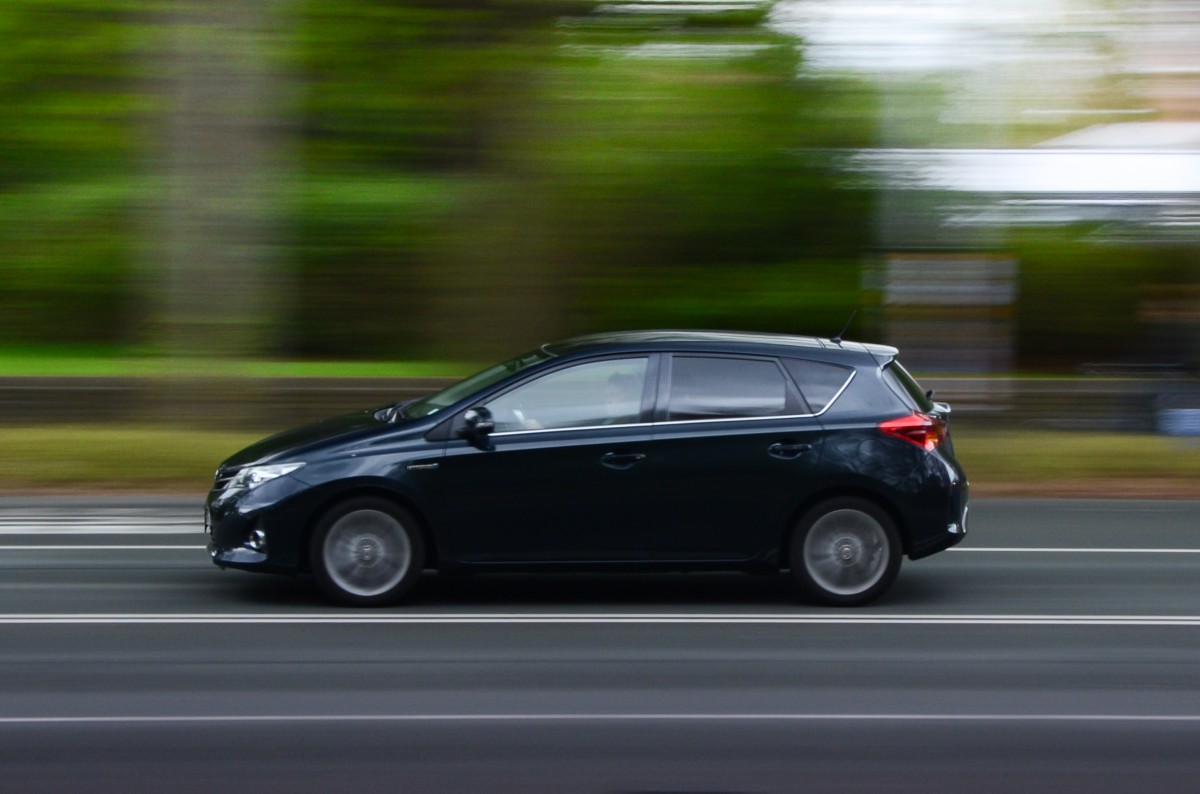
As autonomy progresses, the car interior is transforming from a driver-focused cockpit to a versatile “third space”:
A. Lounge-Like Ambience:
A. Flexible Seating: Front seats may swivel to face the rear, and rear seats become more lounge-like with reclining capabilities, designed for relaxation or social interaction in autonomous modes.
B. Spaciousness: Electric platforms with flat floors and no large engine bay allow for maximizing interior volume and creating more open, airy cabins.
B. Productivity Hub:
A. Integrated Workspaces: Retractable tables, charging pads, and seamless integration with productivity software for mobile office functionality during autonomous commutes.
B. Video Conferencing: High-quality cameras, microphones, and large screens for virtual meetings on the go.
C. Entertainment Sanctuary:
A. Multi-Screen Experiences: Dedicated screens for front and rear passengers, offering personalized streaming content, gaming, and web Browse.
B. Premium Audio: Advanced audio systems with immersive soundscapes, often integrated with noise cancellation for an unparalleled listening experience.
C. Dynamic Lighting: Ambient lighting that can sync with music, change colors to reflect mood, or provide subtle visual cues.
D. Wellness and Retreat Zone:
A. Air Purification: Advanced filtration systems to ensure pristine cabin air quality, even in polluted urban environments.
B. Scent Infusion: Integrated systems that can diffuse calming or invigorating scents.
C. Personal Climate Zones: Highly granular climate control for individual occupants.
D. Health Monitoring: Bio-feedback seats and smart wearables integrated with the car to monitor and report on occupant well-being.
Impact on Automotive Design and Engineering
The driving experience evolution is profoundly influencing how vehicles are designed and engineered:
A. “Skateboard” Platforms: Dedicated electric vehicle platforms (often referred to as “skateboard” chassis) house batteries and motors within the floor, freeing up vast interior space and allowing for radical new designs unconstrained by traditional ICE components.
B. Aerodynamic Purity: Design is increasingly driven by aerodynamics to maximize EV range and reduce noise, leading to smoother surfaces, flush door handles, and minimized panel gaps.
C. Sensor Integration: Designing vehicles to seamlessly integrate visible and hidden sensors for ADAS and autonomous driving without compromising aesthetics.
D. Software-First Approach: Engineering teams are increasingly adopting a “software-first” mentality, recognizing that software defines much of the driving experience, from infotainment to active safety and powertrain control.
E. Sustainable Materials: The drive for sustainability influences material choices for interiors and exteriors, focusing on recycled, renewable, and ethically sourced components without sacrificing luxury or durability.
The Hybrid Driving Experience
While full EVs represent one extreme of the evolution, hybrid vehicles continue to offer a unique and compelling blend of experiences:
A. Seamless Transitions: Modern hybrid systems provide incredibly smooth transitions between electric, engine, and combined power, offering a refined driving feel that balances efficiency with traditional range.
B. City Efficiency: Hybrids excel in stop-and-go traffic, where they can often operate on electric power alone, providing silent, emission-free driving.
C. Power Boost: Electric motors offer instant torque fill, enhancing acceleration and responsiveness, making even non-performance hybrids feel more spritely.
D. Familiarity: For drivers not ready for full EV commitment, hybrids offer a familiar refueling process combined with the benefits of electrification, easing the transition to future mobility.
The Future Path of Driving Experience
Looking beyond 2025, the driving experience evolution points towards even more radical transformations:
A. Fully Autonomous Mobility (Level 5): The eventual arrival of Level 5 autonomy will mean the concept of “driving” becomes optional for many, transforming vehicles into fully self-contained, mobile environments.
B. Personalized Mobility Pods: Development of purpose-built autonomous pods that prioritize interior space, comfort, and customization, rather than traditional driving controls.
C. Seamless MaaS Integration: Vehicles will be components of Mobility-as-a-Service (MaaS) platforms, offering on-demand access to a variety of transport modes that seamlessly connect to create personalized journeys.
D. Sensory Immersion: Further advancements in haptic feedback, scent, and spatial audio to create highly immersive and personalized in-car experiences.
E. Beyond the Vehicle Experience: The driving experience will extend to the ecosystem around the car, including smart charging networks, automated parking, and seamless integration with smart home and city infrastructure.
F. Shared Ownership Models: As the focus shifts from ownership to access, the “driving experience” may increasingly become about the quality of the ride and the services consumed, rather than the act of controlling the vehicle.
Conclusion
The driving experience evolution in 2025 is a testament to the automotive industry’s relentless innovation, transforming our vehicles into highly intelligent, connected, and personalized extensions of our lives. From the silent, exhilarating acceleration of electric powertrains to the reassuring interventions of advanced autonomous safety systems and the immersive capabilities of digital cockpits, every aspect of the journey is being redefined.
This is not about the end of driving, but rather the expansion of possibilities. For those who cherish the act of control, there will always be cars designed for pure driving pleasure. Yet, for the vast majority, the future promises a safer, more efficient, more comfortable, and more convenient way to move, turning once-tedious commutes into productive or relaxing personal time. As technology continues to advance, the driving experience evolution will continue to reshape our relationship with cars, making every journey, whether driven by human or machine, a richer and more integrated part of our daily lives.

